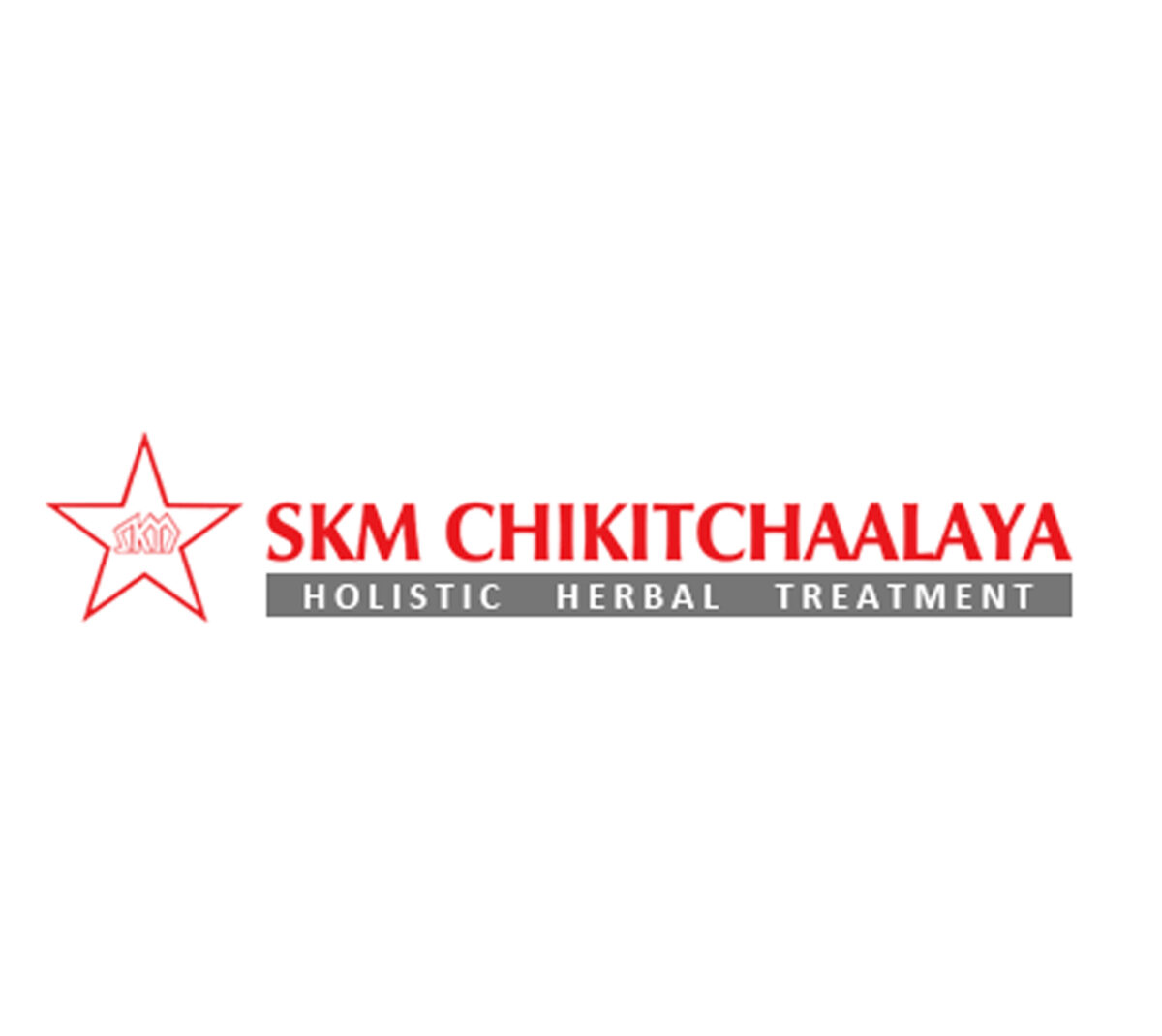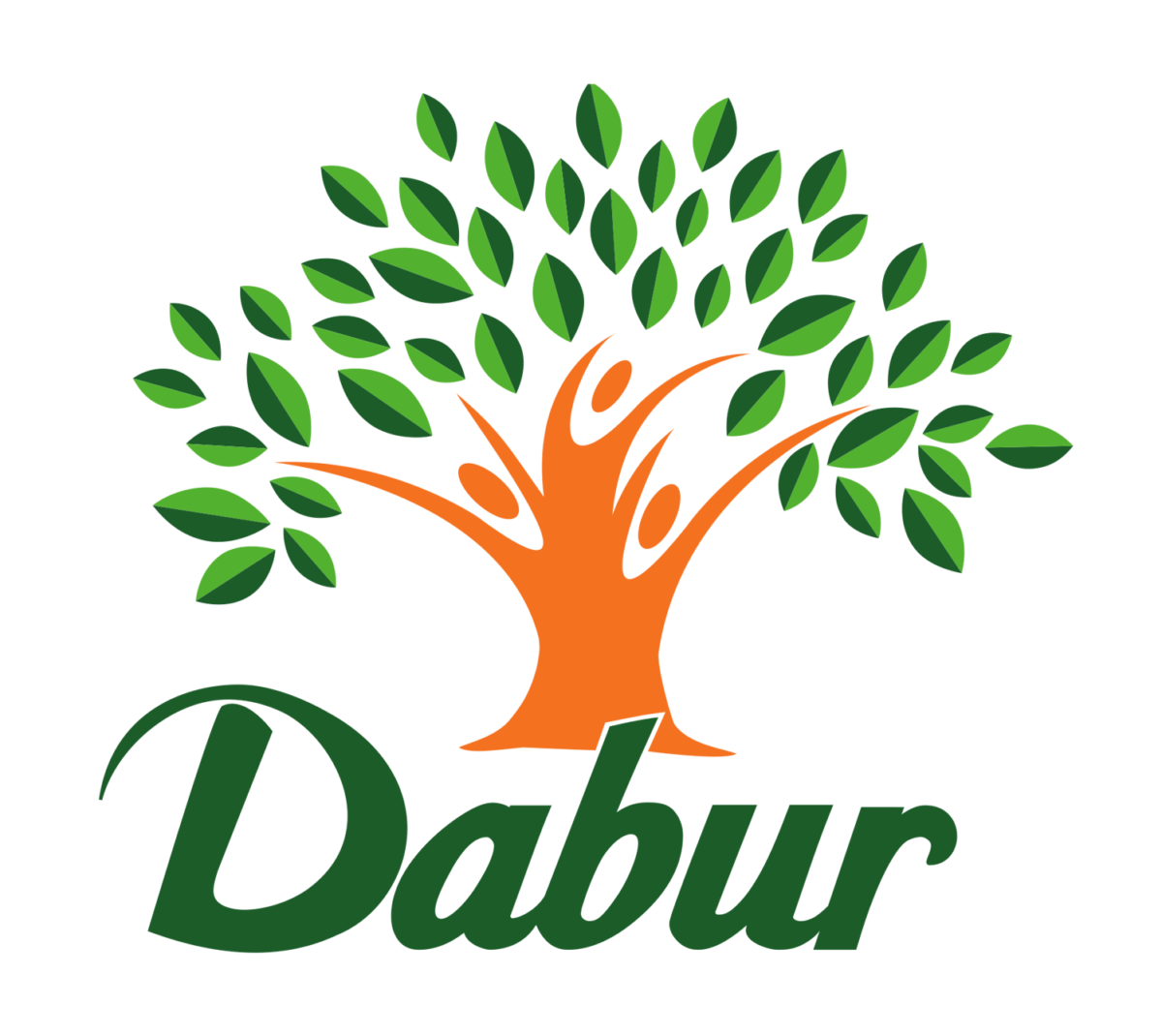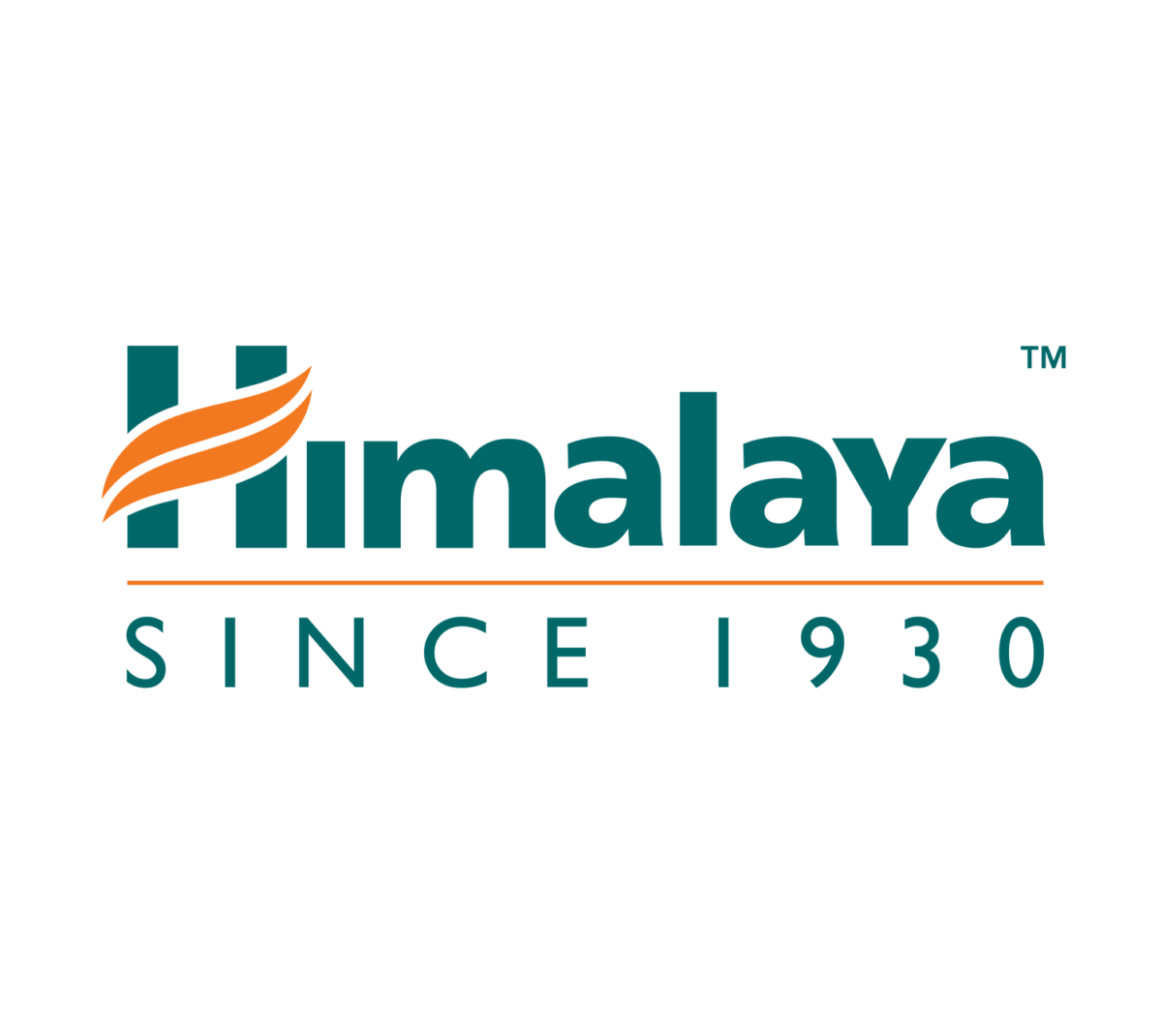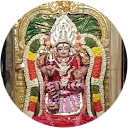











ABOUT US
Siddha 365 Health Care under the guidance of Dr. Sindhu V, one of the best AYUSH Doctors in Chennai, has always focused on the health needs of society. Siddha medicine is developed in pre siddha period with civilization of Mohenzadaro and Harappa in the Indus river valley around 10,000 years back. The Siddha System of Medicine is a contribution of the Dravidian culture, which is one of the oldest cultures in world. Siddha system of medicine talks more about moral principle and moral guidance which is extremely relevant to our present-day health care system. Ancient Tamil Civilization has contributed a lot and has left behind a relevant health care system to the world. Siddha concepts are not only relevant today it will continuously be relevant in the future also.


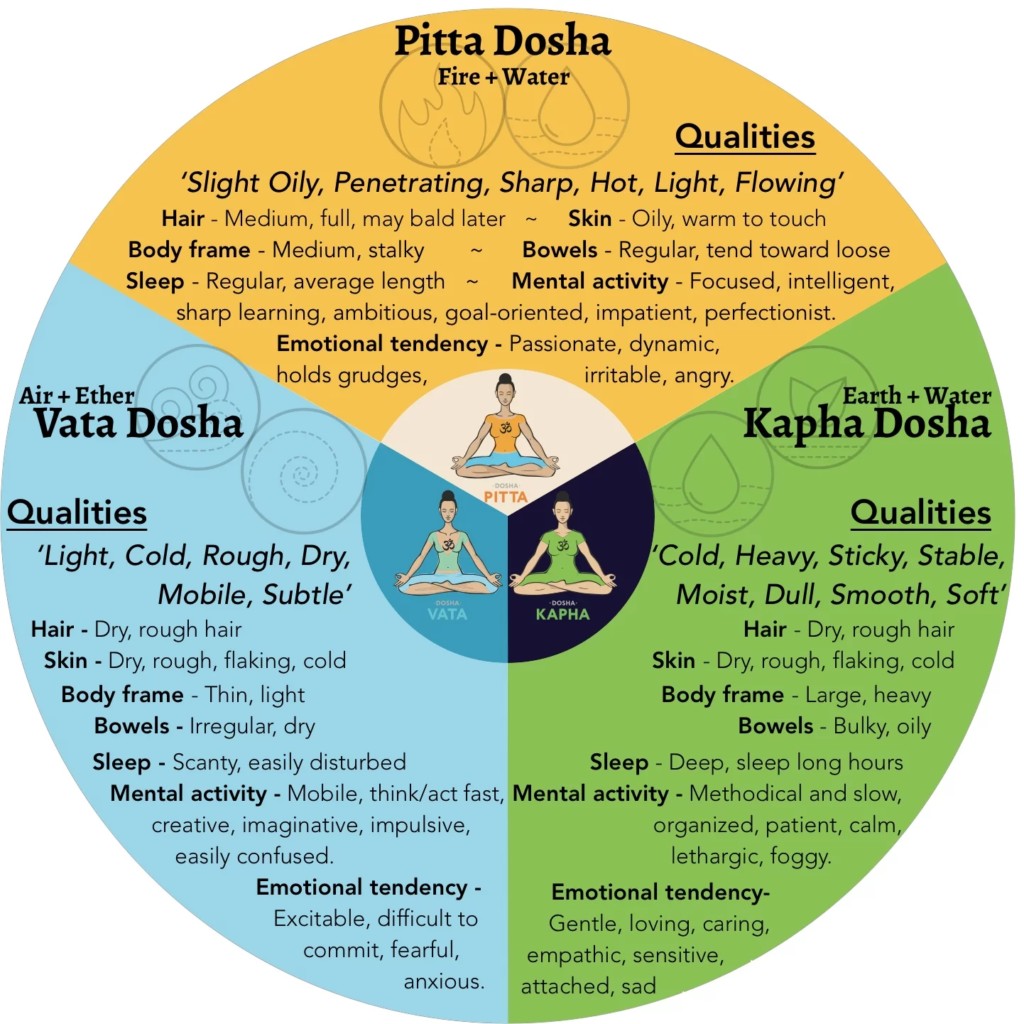
CONCEPT OF VATHAM PITHAM KABAM
Vatha
Pitham Kapham or Tridosha or Mukkuttram
(வாதம் பித்தம் கபம்) (wind,bile, phlegm) is the fundamental concept of Tamil Siddha
Medicine system or Ayurveda system. These are the three important humors, when
deranged causes all kinds ofdiseases from a small cold to cancer. Also called
as வளி, அழல், ஐயம்.Humoral
pathology explains that a
diseases are caused by the mixture of the three essential humors namely wind,bile, phlegm and
that the relative proportion of these humors are responsible
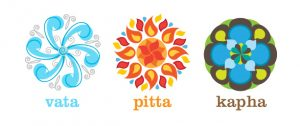
The three humors are called Muppini or Mukkuttram in Tamil siddha medicine system and Tridosha in Siddha system
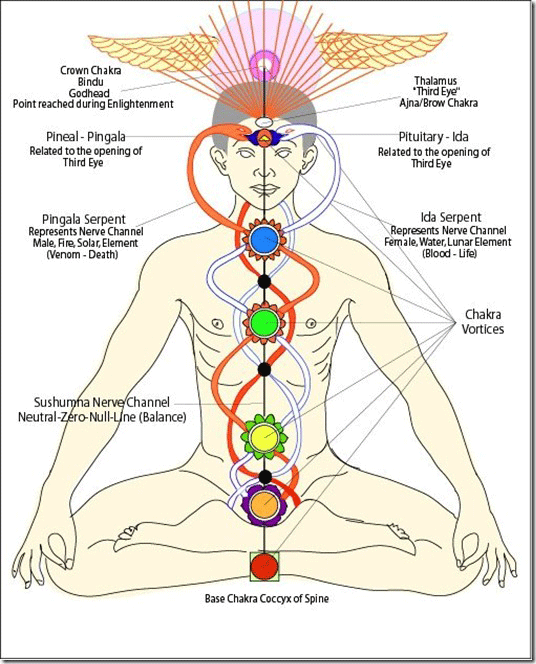
NASAGRA MUDRA
Right hand, index and middle finger rests on the eyebrow center; thumb is near the right nostril, ring and pinkie fold next to the left nostril (this is the suggested mudra by the Bihar Yoga folks but I typically use Vishnu mudra, which is folding the index and middle finger to the palm and extending the ring and pinkie – having the palm so close to my face makes me claustrophobic); left hand in jnana mudra at left knee (index finger folded to root of thumb – creates a small circle)
Nostril Breathing:
1. Create the intention of balancing the ida and
pingala nadi
2. Continue with Nasagra Mudra (or Vishnu mudra)
3. Close the right nostril with the thumb, inhale through the left, count mentally but breathe without strain.
4. Close left nostril with ring finger and release the thumb from the right nostril, exhaling through the right nostril, counting on the exhale. Match the inhale and the exhale.
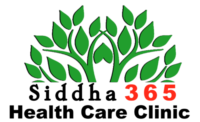
Our Founder, Dr. SINDHU V B.S.M.S., M.D(Siddha), H.A.H.M, Dip., Cupp
Comes from a Traditional Siddha Family. Since he was young, he has been passionate about gathering herbs and making Siddha and other ayurvedic remedies. He created his professional degree in Siddha medicine, achieving an M.D (Siddha), B.S.M.S., and has been in practice for more than Five Years. He treats all major illnesses, with a focus on male and female fertility, particularly PCOS-PCOD, ovarian cysts, fibroids, fallopian tube block, irregular menstruation, and hormonal imbalance. He treats with his own blends of herbs. Patients can put their trust in his hands for healing.

OUR HERBAL PARTNERS

